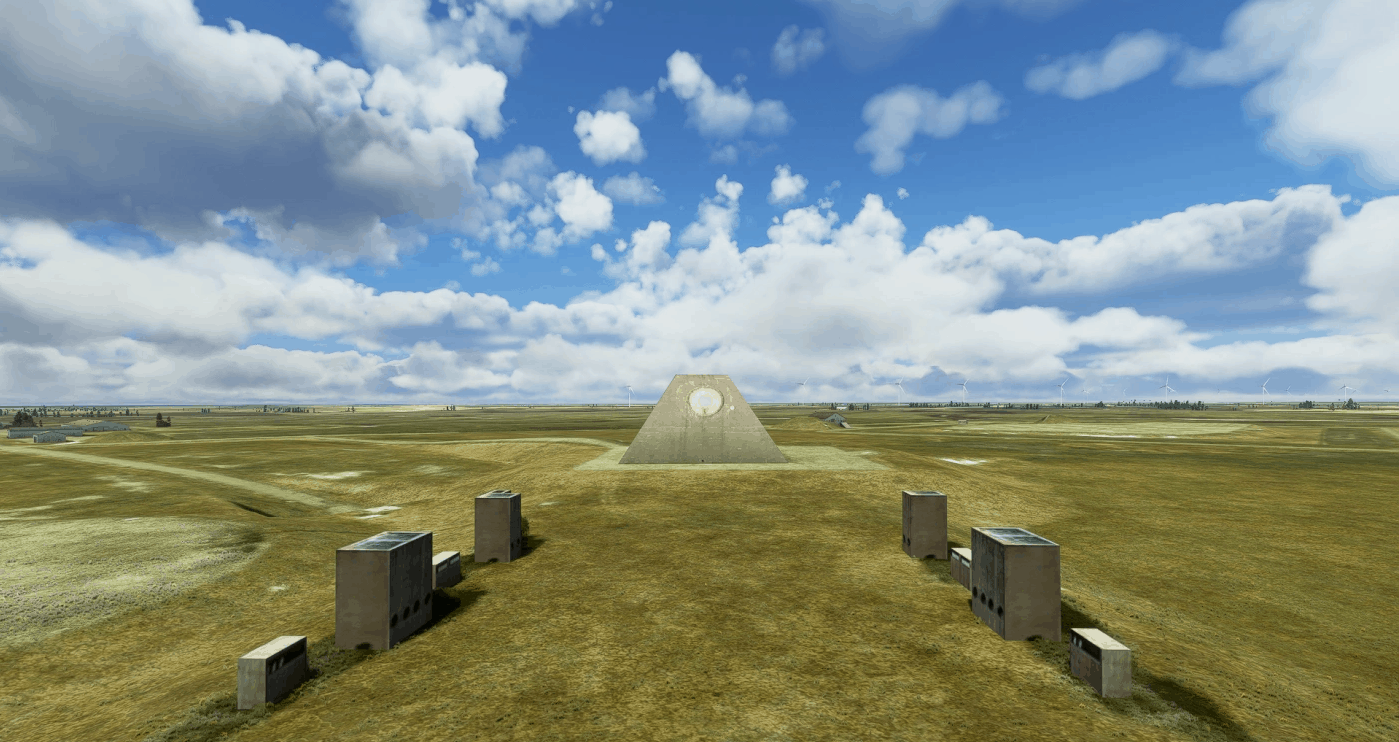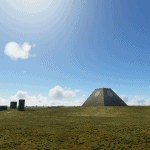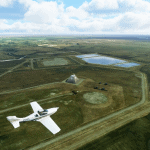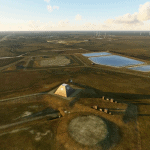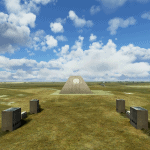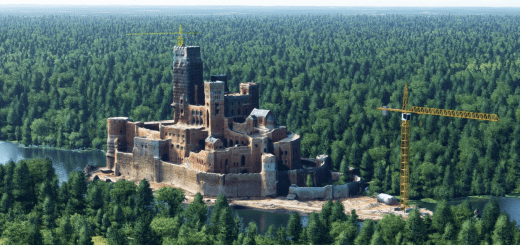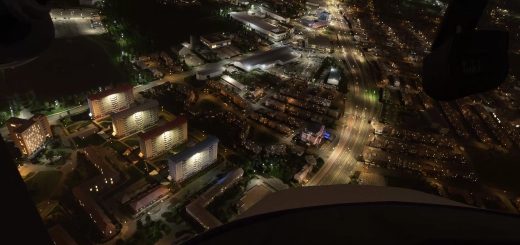The Nekoma Pyramid, North Dakota v0.1
The Nekoma Pyramid or North Dakota Pyramid is part of a previous military complex located near Grand Forks, North Dakota.
The Stanley R. Mickelsen Safeguard Complex (SRMSC) was a cluster of military facilities that supported the United States Army’s Safeguard anti-ballistic missile program. The complex provided launch and control for 30 LIM-49 Spartan anti-ballistic missiles, and 70 shorter-range Sprint anti-ballistic missiles.
The deployment area of the complex covered the Minuteman launchers of the 321st Strategic Missile Wing, based at Grand Forks Air Force Base, North Dakota. Under the terms of the 1972 Anti-Ballistic Missile Treaty, the US was permitted to deploy a single ABM system protecting an area containing ICBM launchers. The total of 100 launchers and 100 missiles was the maximum permitted under the treaty.
The site achieved initial operating capability on 1 April 1975, and full operational capability on 1 October 1975 costing over $2 Billion adjusted for inflation. The House of Representatives voted to decommission the project on 2 October 1975 after they deemed it ineffective. The complex was deactivated on 10 February 1976, after less than a year of operation and 24 hours of full operational capacity.
In December 2012, it was purchased by the Spring Creek Hutterite Colony of Forbes, North Dakota, at auction for $530,000. In 2020, portions of the property including the Pyramid were sold to the Cavalier County Job Development Authority (CCJDA) for $462,900. The CCJDA intends to build an interpretive historical center, restore the property, and sell or lease the pyramid to a datacenter or similar business. The Hutterite colony retains ownership of the remaining property.
The site was named for Stanley R. Mickelsen, a former commanding general of the U.S. Army Air Defense Command.
The pyramid has been recreatead manually from various photos and videos found on the internet. It comes with its own POI.
GPS Coordinates: 48.589399328712425, -98.35676938561448

